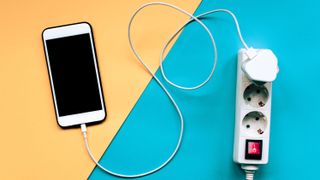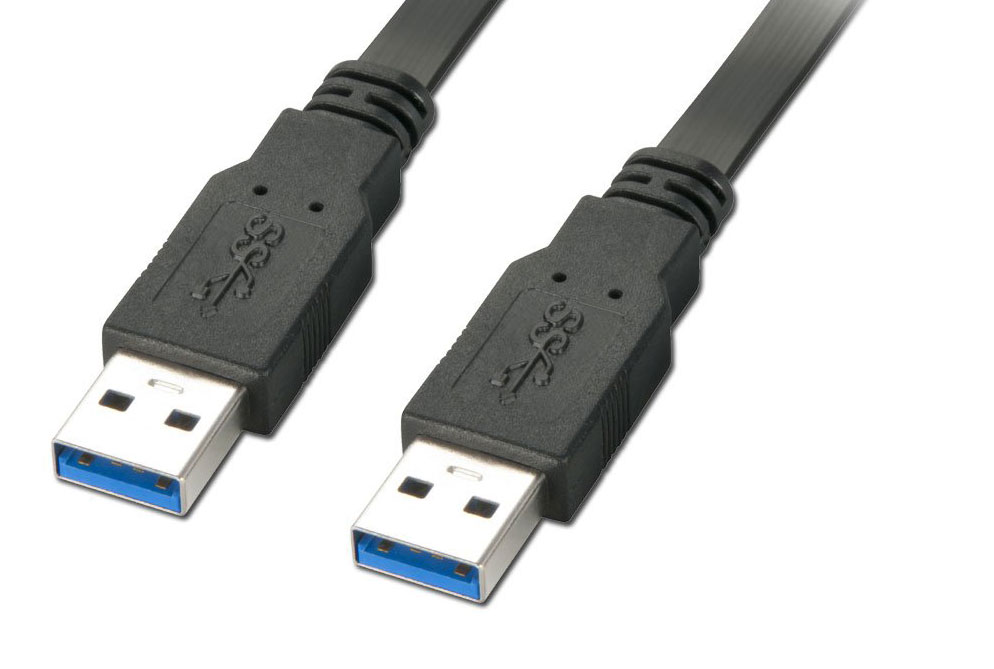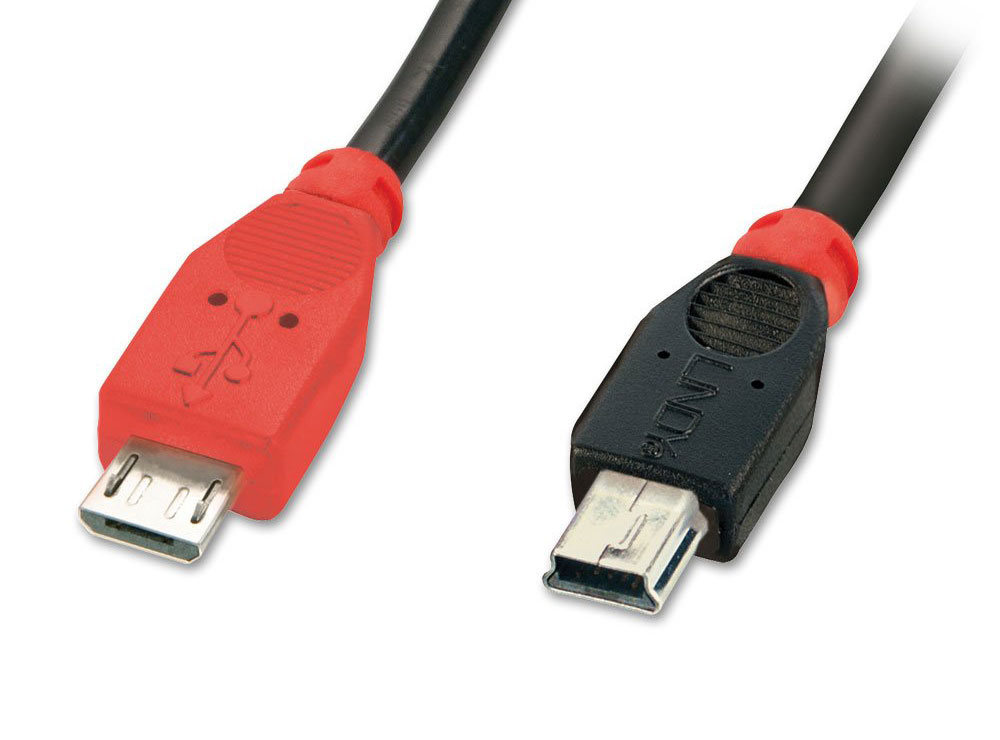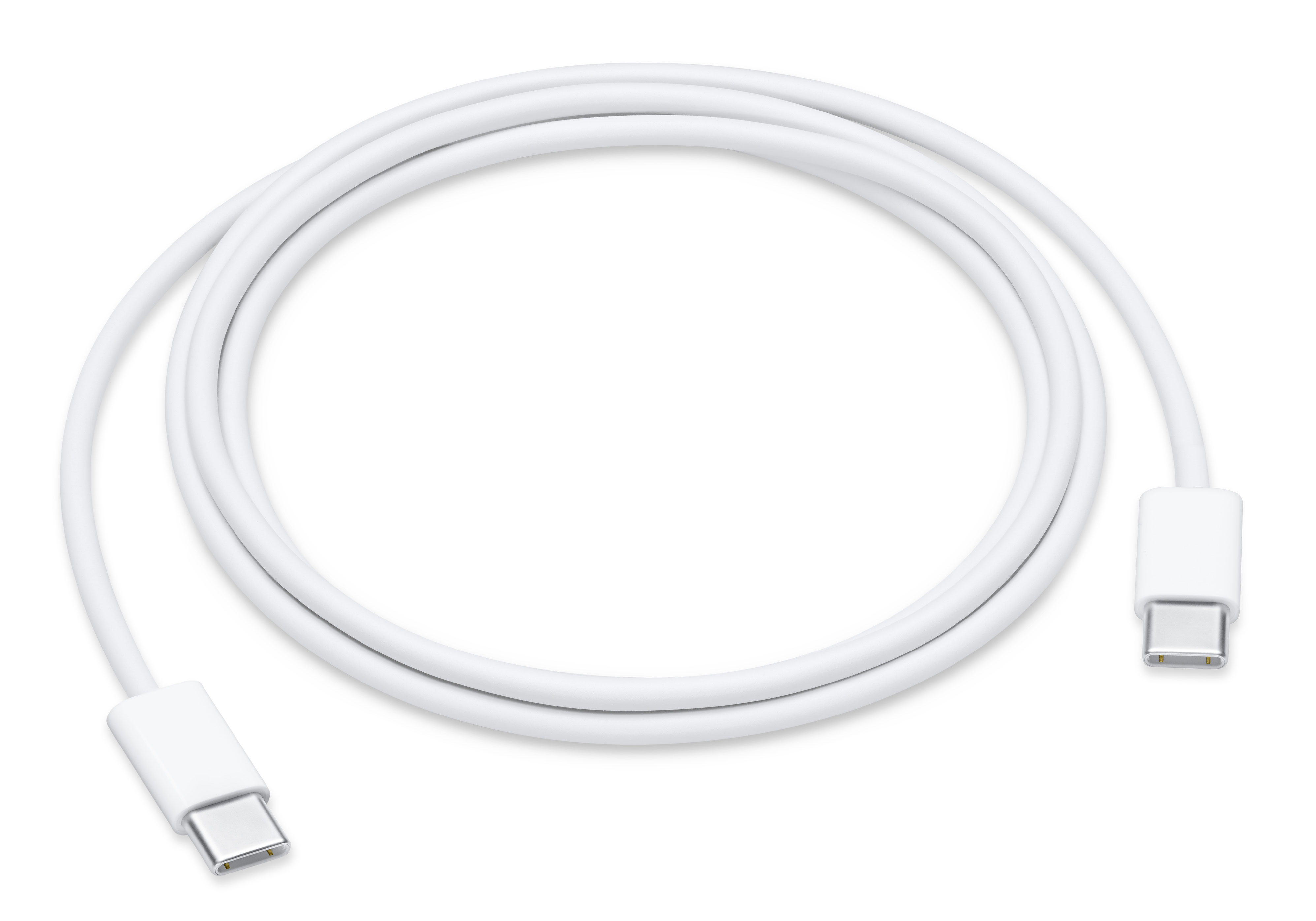Duracell Sync and Charge Usb Cable 10ft Review
Types of USB cables: A creative's guide

There are various types of USB cablevision. In the last few years, the tech globe has been awash with new types. Merely at the aforementioned time, quondam stalwarts similar USB-A and Micro-USB are nevertheless sticking around, muddying the waters with myriad unlike forms and standards.
If you're thinking of getting a new drawing tablet or laptop for graphic design, this can make things confusing. What types of USB cable will you need with your new device? And what are all the different cables capable of and compatible with? It's a perplexing state of diplomacy.
For case, the shape of a USB cablevision's plug doesn't necessarily indicate its speed. USB-A cables are compatible with speeds ranging from a mere 12 Mbit/sec all the fashion upwards to 10 Gbit/sec, but not every USB-A cablevision can go that fast. You lot need to know what to look out for to make certain you become the proper cable for your kit – just follow this guide and we'll have you sorted.
Types of USB cable: USB-A

The USB-A cable is probably the most common blazon of USB cablevision around right at present. Most laptops and PCs accept at least one USB-A port, and you're likely to find them on other smart dwelling devices.
This type of cable has a rectangular connector with a gap on one side and a plastic wedge occupying the other half. This means yous can only fit it into a device one manner up, otherwise the wedge gets in the way – this is one issue that USB-C cables are able to sidestep (more on them later).
As for transfer speeds, USB-A can hit a maximum of 10 Gbit/sec, providing it's paired with a USB iii.2 2x1 connector on your device. Information technology also works with USB 3.two Gen 1x1 (5 Gbit/sec), USB 2.0 (480 Mbit/sec), and the much older USB 1.0 (12 Mbit/sec).
However, y'all too demand the right type of USB-A cable to accomplish those speeds. A USB 2.0 cablevision will fit into a USB 3.2 2x1 port, just y'all'll only get USB two.0 speeds, for case. You tin identify what type of cable you have by the colour of its plastic wedge: white or blackness is USB 2.0, while bluish is USB 3.2.
Wondering what happened to USB 3.1 and USB 3.0 before it? USB three.2 1x1 is the aforementioned every bit USB 3.1 Gen 1, which is the same as USB three.0. Meanwhile, USB three.two Gen 2x1 is the same as USB 3.one Gen 2. It's all incredibly confusing, which is why the simplicity of USB-C is such a big deal.
Mini-USB vs Micro-USB

There are quite a few similarities betwixt Mini-USB and Micro-USB cables, then it'southward important to know how to tell them apart. Both have much smaller plugs than you'll find on USB-A cables, which has enabled these ports to find their manner into modest, portable devices like smartphones, where an USB-A port would exist too large.
Mini-USB cables were introduced in 2001 with the advent of USB two.0. Their connectors typically expect like a small rectangle stacked underneath a wider, flared rectangle. Micro-USB cables came along in 2007 and feature much thinner plugs – they're roughly one-half the thickness of a Mini-USB plug. But the differences aren't just limited to physical dimensions. Micro-USB cables are much more durable, rated for at to the lowest degree ten,000 connect-disconnect cycles, which is double that of Mini-USB cables.
Yet, one area both cablevision types have in common is that nearly Mini-USB and Micro-USB cables are limited to USB 2.0 speeds. To address this discrepancy, a x Gbit/sec version of the Micro-USB cable was created, simply its plug had to be fabricated significantly wider, which somewhat defeats the purpose of having a small cable. Mini-USB never got this upgrade, significant it'south still stuck on maximum speeds of 480 Mbit/sec.
Types of USB cable: USB-C

Let'south face it, the one-time situation, with its chaotic jumble of USB-A, Mini-USB and Micro-USB, was a real mess. To make things worse, all iii cable types had Blazon-A and Type-B versions, each with slightly unlike shapes. Mini-USB and Micro-USB even had a hybrid Type-AB as well, just to really put people in a spin. Luckily, that'due south all a thing of the past thanks to USB-C.
USB-C is a much more than recent cable blazon than USB-A, and is really starting to proliferate amidst devices. One of its chief advantages is that its oval shape can be inserted into your devices either way up, and it's also much smaller than USB-A connectors. It's an all-in-one cablevision that'due south meant to supplant legacy connectors both large and small.
It's an all-encompassing standard in other ways, besides. For ane matter, information technology tin can transfer your files, charge your devices (providing up to 100W of power) and handle video signals all at once. There's no longer any demand to mess up your desk with charging wires, HDMI leads and USB-A cables, as a single USB-C cable can handle information technology all.
Speaking of information transfer, USB-C cables tin send information much more than chop-chop than their USB-A counterparts. While USB 3.two 2x1 tops out at 10 Gbit/sec, USB-C cables can reach 40 Gbit/southward. That'southward because USB-C cables are compatible with Thunderbolt iii, which is a super-speedy connection protocol that's condign more pop on computers, phones and tablets.
Even if your USB-C device isn't Thunderbolt 3 uniform, a USB-C cablevision tin still beat out USB-A cable transfer speeds. USB 3.2 2x2 is a USB-C exclusive and can hit 20 Gbit/sec, for example. USB-C cables tin also transfer at speeds of v and x Gbit/sec.
Given their excellent flexibility, hassle-costless use and lightning-fast speeds, USB-C cables tin can make your life a lot easier. They're gaining a lot of traction, so don't exist surprised to encounter more and more devices support them in the coming years.
Read more:
- The best power banking concern right at present
- The best figurer for video editing
- The all-time mouse correct now
Related articles
Source: https://www.creativebloq.com/features/types-of-usb-cables
0 Response to "Duracell Sync and Charge Usb Cable 10ft Review"
Post a Comment